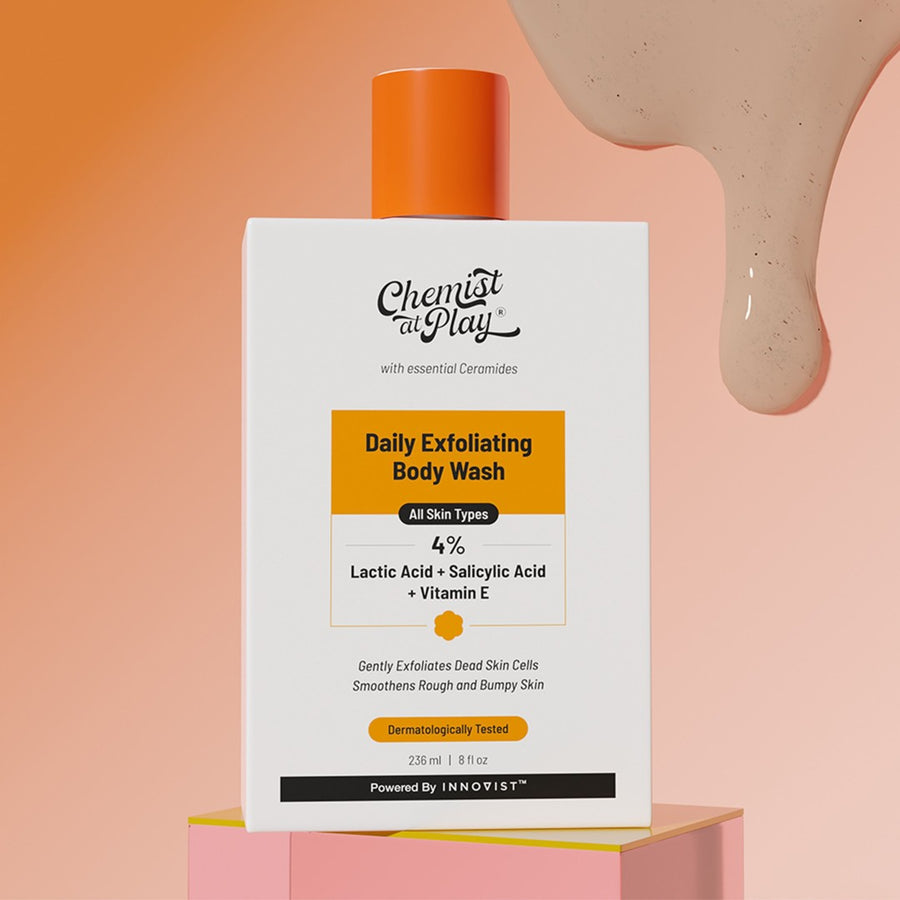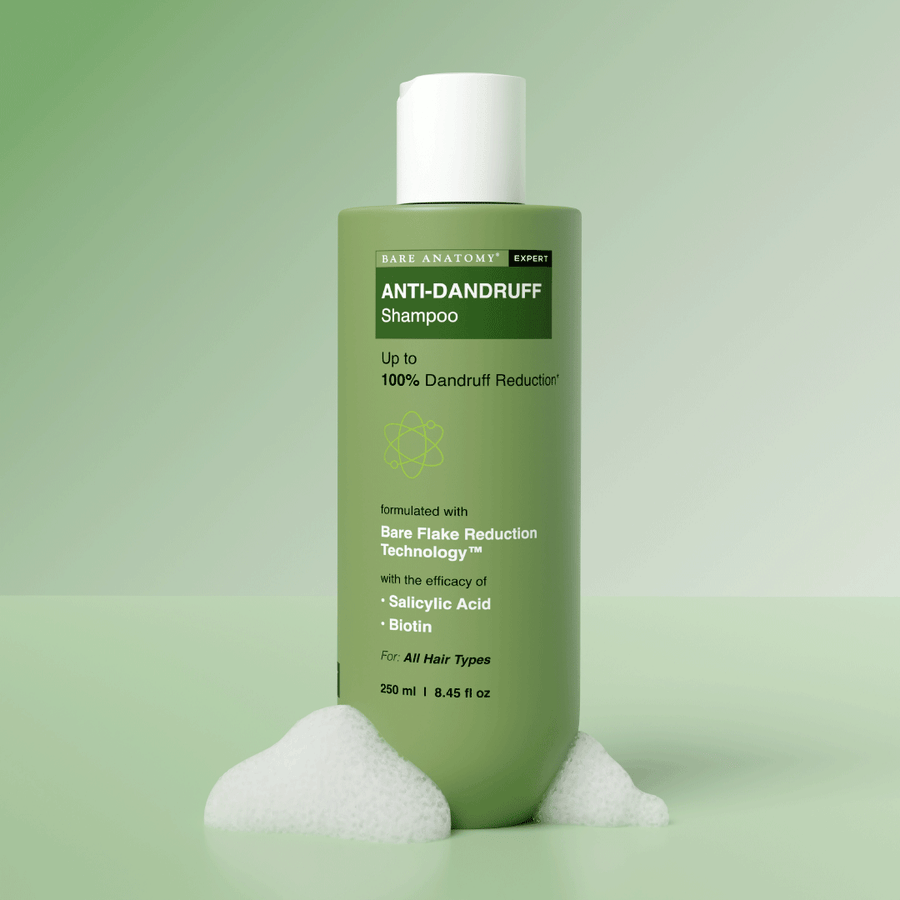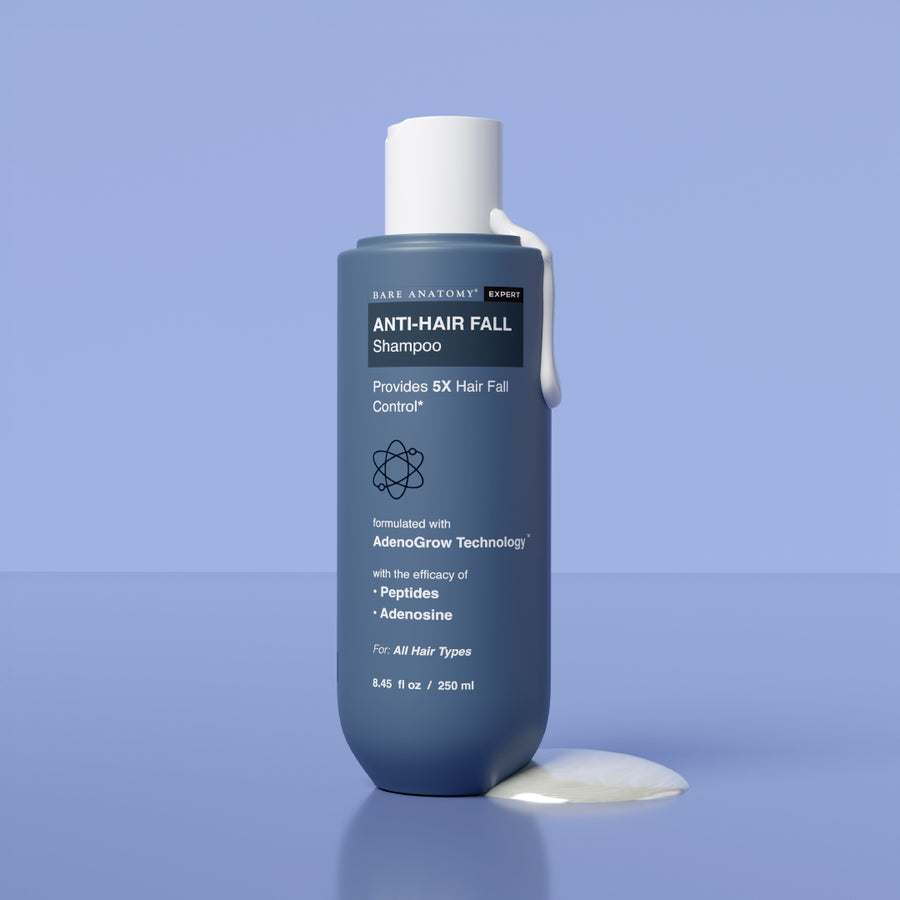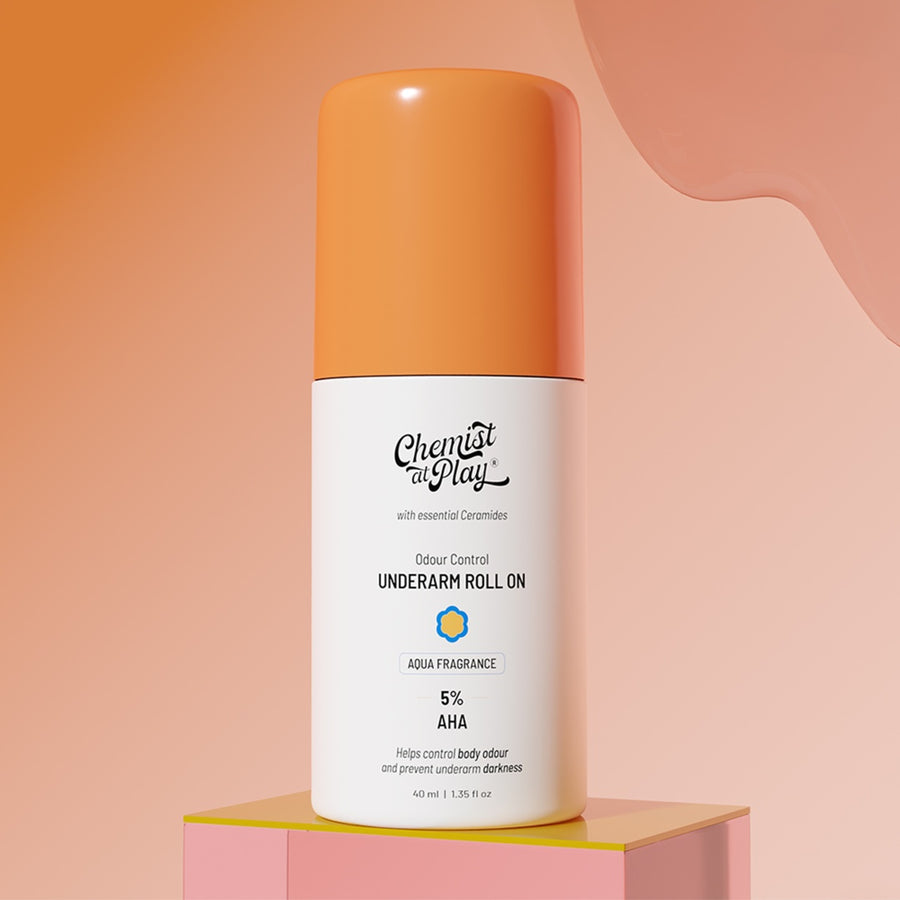
How To Do A Patch Test?
Nowadays, using makeup and skincare products has become common among men and women. But before using any product, they need to test if the product suits their skin condition. For example, some people might be allergic to specific components present in skincare products. Applying them on the face without conducting a patch test might result in severe allergic reactions. Performing a patch test can resolve several issues and use the product without worrying about the quality.
What is patch testing?
Patch testing is an approved dermatitis diagnostic tool (skin test) that is used for determining the allergies of a person. During this procedure, a small patch made up of the allergens is applied to the test site on the person's body, and observed river a period of time to analyse if they have an allergic reaction to various skin care products.
However, the scientific technique mentioned above can be hectic for normal people. This is precisely why and they can conduct the patch test by themselves at home. The patch tests can be easily performed at home by applying the new skincare product they wish to test on the wrist and back of the ear. While skin products can be tested on the wrist, certain hair care products can be tested on the space behind the ears. These are the least exposed parts of the body and therefore prove to be the best test area for a wide array of skin tests.
Why patch testing?
When you are trying a new skin product, conduct a patch test by yourself to avoid allergic reactions. This is because you have to make sure that the chemicals present within the product are suitable for your skin and do not cause allergic contact dermatitis or any other unwanted skin conditions.
If you are conducting in-home patch testing, read the ingredients list of the chosen skin care products, and avoid conducting the test, if there are any ingredients that you have a severe allergy to.
The patch test is used for,
- Detecting if you exhibit any allergic reaction to the skin care product.
- To identify irritation and blemishes that might occur if you have sensitive skin
- To avoid damaging your face or another part of their body due to the presence of common allergens or contact allergens
- To figure out whether the product perfectly suits your skin type
So to get a complete reading on your skin, and avert any adverse effects of the new products you're about to try, the best option is to do a patch test!

Things to Note Before Patch Testing
Before performing a patch test, there are certain things that you need to consider. Understanding them will allow you to perform a regular test without any interruptions in the middle.
- What type of skin condition do you commonly face, like breakouts or clogged pores?
- Which part of the face is more likely sensitive and receives such inflammations and breakouts?
- Which part of the face can easily show symptoms like redness and sensitivity?
- How long does it take for the skin to react to different allergens?
All these details are necessary for performing a patch test.
How to do a patch test by yourself?
There is not a single way to perform a patch test, and hence we have given one of the most common procedures that are followed regularly in the medical field. Most of the time, this type of test will work out for you, and if not, you can try any other difficulty with the help of a dermatologist at your nearest dermatology clinic.
- Wash the area that you are trying to test with plain water. Choose a site that is not available for plain sight.
- Apply the product to the wrist or behind the ear area and wait for the reaction to appear. This test can be conducted for up to 15 minutes.
- If you are using a washing product, then wash away the surface after 15 minutes; otherwise, wash it away after some time.
Wait for at least 24-48 hours to test if the product works or not. During this time, observe the symptoms to identify if the skin is purging or breaking out. Purging is considered a good sign since it means that the skin reacts to its contents. But breaking out is not a good sign, and if it occurs, cleanse the skin and consult a doctor. The patch test should be conducted gradually in the least problematic area and slowly moved towards the most challenging area. If there is any type of irritation, it is off immediately, especially in a complete face patch test.
What to do in case you react?
Sometimes, when you perform the test, you might experience negative results in the form of a strong reaction such as itching, redness, inflammation, breakouts, eczema, and blisters. If you experience any of these symptoms, stop using the product and immediately wash the place with an attested cleanser and moisturiser, preferably without artificial fragrances. Apply some of the soothing gel products like aloe vera and rest for a bit until the skin turns normal.
This is a simple test that can improve your skincare experience with a wide range of products. Anyone can try the patch test at home, but you must immediately check any reaction, that you cannot seem to control with a doctor.

































